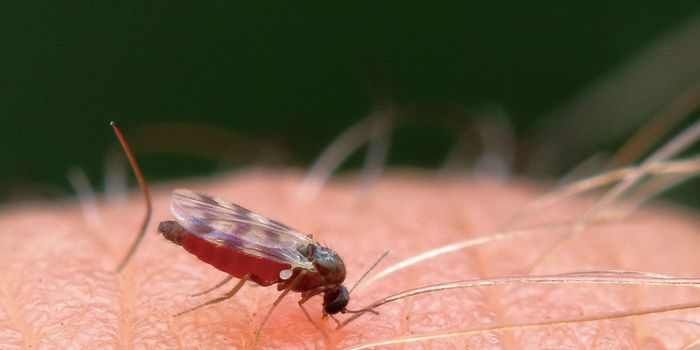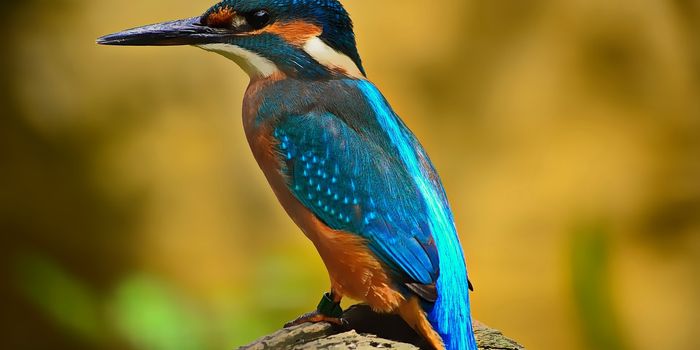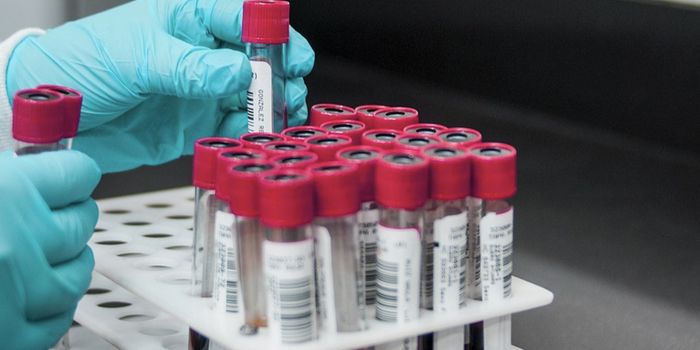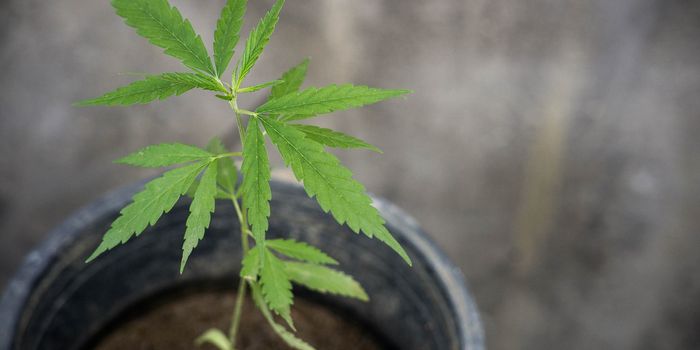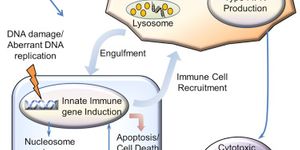Trees Can Help Cool the Environment
The idea that trees are capable of cooling the air around us isn’t new, but there isn’t really enough research in the field to support or deny the theory entirely. Some studies have shown that trees can reduce temperature slightly, while others have been inconclusive.
It has also been very difficult to quantify exactly how much trees reduce surrounding air temperature, but estimates place heavily-forested parks at about 0.94º Celsius cooler than parks that are not so heavily-forested.
One of the ideas is that trees use a process known as evapotranspiration, which is when trees ultimately lose their water from their leaves through evaporation in high-heat conditions, and this process can, in turn, can cool down the surrounding air, as well as the trees themselves to prevent additional water loss that would occur without this process.
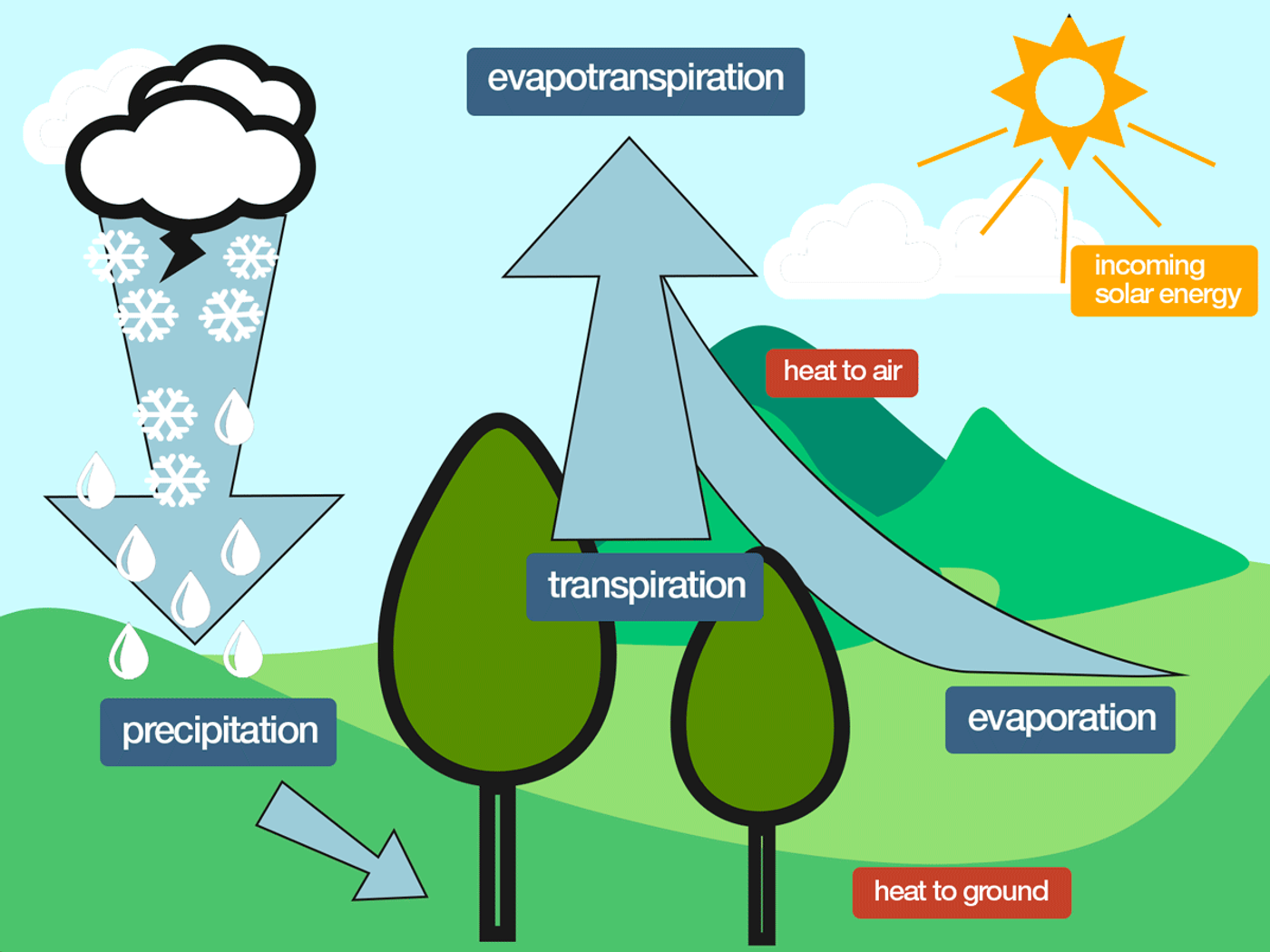
Another idea is that wooded areas are typically cooler than non-wooded areas because when large collections of trees grow in one area, it reduces the amount of light that can hit the ground. It creates a natural ceiling that produces shade, and in turn, this reduces temperatures of surrounding surfaces, as well as the surrounding air.
As humans continue to cut down forests and reduce tree coverage to build new housing developments, malls, and other urban developments, we reduce the natural cooling effects of our planet and increase the amount of the Sun’s light rays that strike our planet’s surface, which could be one of the contributing factors to continued warmth of our planet.
With the lack of dense tree coverage in urban areas, where many of our man-made surfaces, such as our roads, buildings, cars, and other hard surfaces are, these surfaces can either absorb or reflect light against other absorbent surfaces, which store heat and radiate it back into the air over time, which continues to warm the surrounding air and environment.
Having a lot of trees in a given area is good for not only cooling the air, but also producing oxygen. They convert carbon dioxide, which mammals exhale, into oxygen, which mammals need to breathe to survive.
Source: IFLScience


